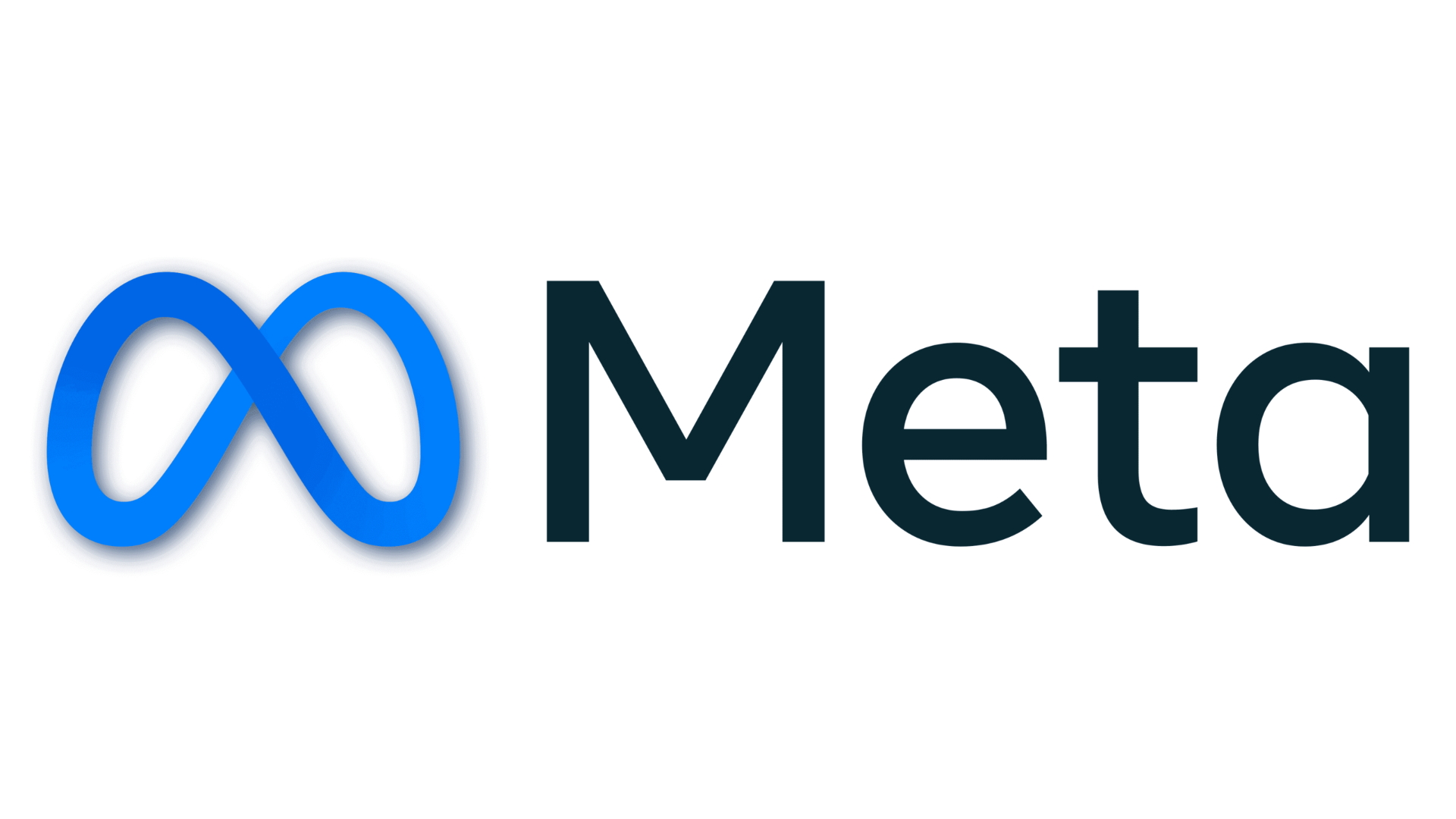Top 5 WhatsApp Marketing Strategies to Boost Sales in the Middle East

In the Middle East, relationships drive business. Handshakes still matter. Trust takes center stage. But as digital channels become central to how customers interact with brands, businesses are racing to keep up without losing that human touch. One unlikely hero? WhatsApp.
Yes, the same app you use to check in on your cousin in Dubai or confirm dinner with your friends in Cairo is now a serious marketing tool—and if you’re an enterprise looking to boost sales, improve engagement, and genuinely connect with your audience, WhatsApp marketing deserves a front-row seat in your strategy.
This article walks you through five powerful WhatsApp marketing strategies that forward-thinking Middle Eastern businesses are using to fuel sales. And we’re not just talking theories—we’re getting specific, tailored to regional behavior, cultural expectations, and how people here prefer to communicate. Ready?
- Personalize Like a Pro
Think of this as your digital concierge.
Middle Eastern customers expect a warm, personalized experience. A “Marhaba” isn’t just a greeting—it sets the tone for the whole conversation. With WhatsApp Business API and AI-driven chatbots, you can make every customer feel like they’re getting white-glove treatment—even when you’re handling thousands of interactions a day.
How it works:
- Use AI chatbots to automate FAQs, order tracking, or appointment booking.
- Train bots to switch languages (Arabic/English) depending on the customer’s preference.
- Personalize greetings using CRM data (name, previous purchases, etc.)
- Route high-priority queries to real agents, don’t let AI handle delicate situations solo.
Industry Use Case: Telecom
Telecom providers in the UAE are using WhatsApp bots to help users recharge, report issues, and even get special offers—all within a chat window. Customers can text, "Recharge 50 AED," and it’s done in seconds. Now that’s service.
Pro Tip: Keep your tone light, conversational, and context aware. A well-trained AI doesn’t just respond—it anticipates.
- Broadcast Messages Without Getting Blocked
There’s a fine line between helpful updates and annoying spam. The trick? Relevance.
With WhatsApp’s broadcast feature, businesses can send messages to multiple users—but only if those users have opted in. This ensures your messages land in front of interested eyes.
Use it for:
- Exclusive discounts for VIP customers
- New product launches tailored to specific segments
- Time-sensitive reminders like flash sales or expiring offers
Industry Use Case: E-commerce
Online stores in Egypt are sending personalized offers during Ramadan: “Hey Sarah, we thought you’d love this new abaya. 20% off today only!” These messages have a higher open rate than email or SMS and lead to instant conversions.
Keep in Mind: Don’t over-send. Twice a week max. And always offer value. People will block a brand that spams fast.
- Integrate With Your CRM for Targeted Campaigns
WhatsApp marketing isn’t just about chatting, it’s about precision. By integrating your WhatsApp Business API with your CRM (like Salesforce, HubSpot, or Zoho), you can craft hyper-personalized campaigns that hit the mark.
Imagine sending different product recommendations to users based on their last purchase, region, or even their browsing habits. You’re not selling, you’re offering solutions. With CRM integration, you can also track open rates, click-throughs, and conversions—essential for proving ROI to leadership.
Industry Use Case: Real Estate & Automotive
A real estate agency in Saudi Arabia uses CRM-linked WhatsApp campaigns to follow up with prospects who viewed specific properties. Meanwhile, car dealerships in Kuwait notify users about test drive availability based on their past interest in SUV models. It’s marketing that remembers.
- Use WhatsApp for Lead Nurturing and Customer Support
Here’s where trust-building really happens. WhatsApp allows for long-term conversations, not just one-off sales.
Instead of cold-calling or bombarding prospects with emails, you can use WhatsApp to guide them through the buying journey step-by-step.
Use it to:
- Share product brochures or PDFs directly
- Send reminder nudges (“Just checking in—any questions about your order?”)
- Offer instant support for post-purchase questions
- Follow up on feedback or reviews
Enterprise Use Case: B2B Software
Tech firms in the Middle East are onboarding clients using WhatsApp—sending tutorials, arranging quick demos, and even offering troubleshooting. It’s quick, direct, and builds loyalty over time.
- Launch Conversational Commerce (and Actually Close Sales)
This one’s a game-changer. Conversational commerce is where users browse, ask questions, and buy—all inside a chat.
And guess what? It’s not just for B2C anymore. B2B buyers love it too.
Features of WhatsApp commerce:
- Product catalogs
- Payment integrations
- In-chat support
- Order confirmations and tracking
Example: Fashion Retail
A Saudi fashion brand showcases new arrivals in a WhatsApp catalog. Customers select items, ask questions, and complete purchases—all through chat. No app download. No clunky checkout. Just fast, familiar, mobile-first sales.
Why WhatsApp Works in the Middle East—And What Might Trip You Up
Let’s face it—if there’s one region where conversations drive commerce, it’s the Middle East.
Relationships come first. Trust isn’t earned with flashy ads but with consistency and human connection. That’s why WhatsApp works so well here: it mirrors the way people already communicate. It’s quick, casual, and—most importantly—personal. You’re not pushing a product; you’re starting a conversation.
Why it clicks culturally:
- Mobile-first mindset: People live on their phones here. Whether it’s checking prayer times or ordering lunch, everything happens in the palm of your hand.
- Trust-based business culture: Customers prefer speaking to a real person before committing—WhatsApp enables that intimacy at scale.
- Language and tone sensitivity: Arabic is rich with nuance. The way you greet someone in Jeddah isn’t the same as in Cairo. WhatsApp gives you the flexibility to tailor tone, dialect, and even emoji use depending on the audience.
But for all its potential, WhatsApp marketing isn’t a silver bullet. You’ve still got to be sharp—because when you’re communicating in such an intimate space, even a small misstep can feel massive.
Here’s what might get in your way—and how smart businesses are navigating the bumps.
- Opt-In Friction
Getting people to sign up for WhatsApp notifications isn’t always smooth sailing. Users are protective of this space—it’s not email, it’s not a billboard. It’s their digital living room.
What You Can Do:
- Offer meaningful value—exclusive discounts, early access, or a faster support channel.
- Keep the opt-in process ultra-simple (think: QR codes on packaging, “click to chat” CTAs on your website, or embedded opt-in buttons in your emails).
- Volume Overload
Thousands of messages flying in every day? Sounds great until your team is buried under an avalanche of unread chats.
What You Can Do:
- Implement WhatsApp Business API with AI automation and routing tools.
- Use smart CRMs to tag, categorize, and prioritize conversations automatically.
- Let chatbots handle FAQs while your human agents focus on high-value interactions.
- Language Pitfalls
Not all Arabic is created equal. Gulf Arabic, Levantine Arabic, and Egyptian Arabic differ wildly—and a poorly localized message can come off tone-deaf.
What You Can Do:
- Segment your audience by region and set up language-specific flows.
- Use regional teams or native speakers to review chatbot scripts.
- Even emojis vary in meaning across borders—yes, really.
- Message Fatigue
Even in WhatsApp, too many messages can feel like noise. Spammy tactics lead to blocks—and once blocked, you're out for good.
What You Can Do:
- Don’t message unless you have something valuable to say.
- Use frequency caps (one message per week for promotions, max two for updates).
- Let users manage their preferences—frequency, content type, even time of day.
- Security & Privacy Concerns
In a region where privacy is taken seriously—both culturally and legally—mishandling customer data can burn bridges fast.
What You Can Do:
- Partner with a trusted CPaaS provider like CEQUENS to ensure secure, encrypted communication.
- Be upfront about how you use and store customer information.
- Avoid asking for sensitive data (like passwords or payment info) directly in chat.
So, Should You Be Using WhatsApp?
Honestly? If you're doing business in the Middle East and you're not on WhatsApp, you're leaving money—and relationships—on the table.
It's where your customers are. It's how they want to talk. And when done right, it's not just effective, it feels effortless.
But don’t treat it like another broadcast channel. Treat it like what it is: a digital majlis. A conversation around coffee. A moment of human connection in an increasingly automated world.


